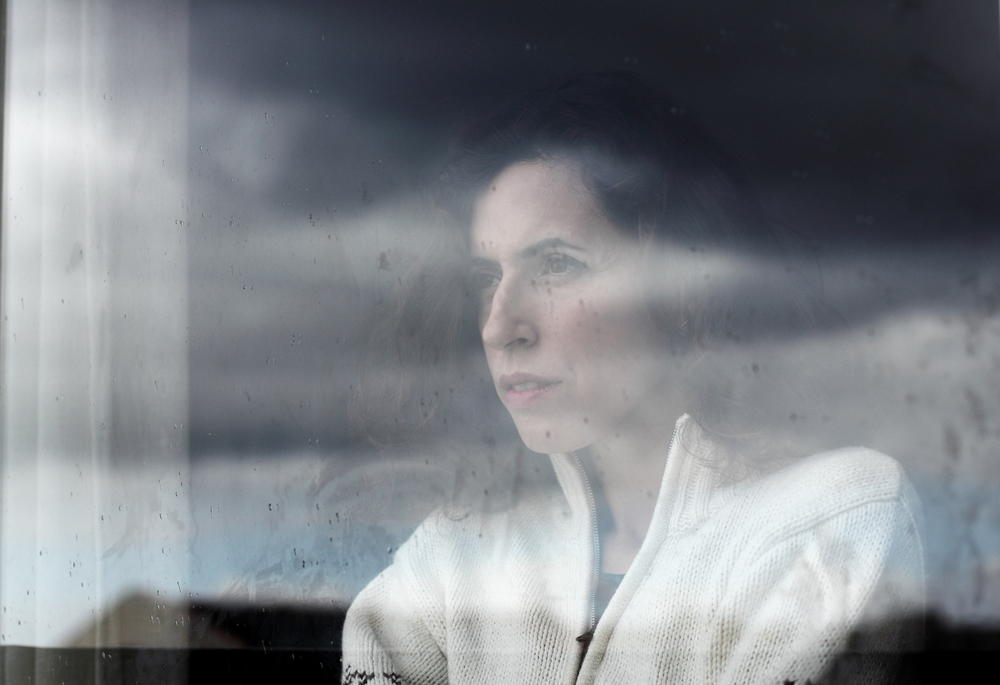
20 Aug Dealing with Seasonal Affect Disorder (SAD)
As the leaves begin to fall and the temperature drops, it takes the sun a little longer to get out of bed in the morning. Because humans, like all creatures of the world, are heavily dependant on the fiery ball in the sky, its sluggishness translates to ours. Though some would love to take a three-month nap, our bodies aren’t wired to hibernate until Spring’s warmth thaws the Winter chill; so people might experience SAD which is just your body having to adjust to the changing environment.
Identifying SAD is extremely important if you want to adequately treat it. And this disorder is more common than you think, with it affecting 1 in every 9 people. You might be struggling with describing your symptoms because you think your restlessness is as the result of Monday blues, for example, or your fatigue is just because you’re stressed. Take a look at the bigger picture. If you’re experiencing more than one of these symptoms over a prologued period of time, it’s okay to admit that you’re struggling with SAD.
-
EXTREME SADNESS
One-off days versus an entire depressive episode is what distinguishes SAD from being ‘sad’. You know yourself; you know when you’re under the weather and when you are feeling incredibly unhappy. If you’re feeling like this for more than two weeks, it’s a sign of depression. If you’re only going through hard times over winter, it may be a sign of SAD.
-
SLEEPINESS
People with SAD tend to sleep a great deal more during winter. But don’t think that the extra z’s translate to you feeling more rested. The fatigue is symptomatic of a hormone imbalance as a result of your physiological condition.
-
RESTLESSNESS
If you notice that you are either more irritable and/or having trouble concentrating, it is a cause for concern. Because SAD tends to affect women and youths more than any other group of society, there is a surge of emotions that cause the discomfort SAD sufferers experience. Depression and SAD also tend to affect the way your brain works, so if it takes more effort to settle into work, you know why.
-
LOW LIBIDO
When you’re feeling upset, sex is the last thing on your mind. When you’re either depressed or suffering from SAD, your libido will definitely dip.
There are many natural ways of dealing with SAD that don’t need you to take chronic medication (though if you find you really can’t manage, I suggest consulting a healthcare professional about anti-depressants). It is important to give SAD the attention it needs. Left untreated, SAD can escalate and cause weight gain, social anxiety and hopelessness. Here are a couple of ideas on how to treat it naturally:
-
LIGHT THERAPY
One of the leading causes of winter SAD is the lack of natural light. The sun is an amazing source of both Vitamin E and D, when we can’t get our daily dose of it, our bodies are affected. Though you can plan your diet around the change in season, you still need to get natural light (or the closest substitute).
“When light hits the retina of the eye, it’s converted into nerve impulses that pass back to specialised regions of the brain that are involved in emotional regulation,” explains Dr. Rosenthal, who is responsible for classifying and explaining SAD.
Light- or phototherapy will go a long way in improving your mood. Spend 20 – 60 minutes a day in front of a lightbox with cool-white fluorescent bulbs.
-
COGNITIVE BEHAVIOURAL THERAPY (CBT)
If you’re a firm believer in mind over matter, then CBT will help you rewire your mindset and get you to replace your negative thought patterns with positive ones. Remember, SAD is not a personal failing. There are chemicals and hormones in your body that work out of your control that affect your mood. Replace the time you would’ve spent being negative about yourself with a productive exercise. The more you do, the more you’ll feel you can do – this will in turn improve your entire outlook.
-
TAKE A WARM WINTER VACATION
Living in an area that gets little to no sun during the winter months is hell for anyone who experiences SAD. If you can, spend a few days in a warmer and sunnier area. I strongly suggest a camping trip, because not only are you being treated to all the natural light you desire, but you are in the heart of nature, and that serenity will be a godsend for your mental health.
-
WATCH YOUR EATING
You’re going to want to gorge yourself on ‘comfort food’ because you think it’ll make you feel better. Make wise food choices. Anything with high fructose sugar and saturated fats will end up making you feel much worse, and the added weight might compound the feelings of SAD. Swap out the pizza and doughnuts for fruits, vegetables and complex carbohydrates; exercise when you’re feeling sorry for yourself, and you will notice the release of endorphins which will make you feel much better.



No Comments